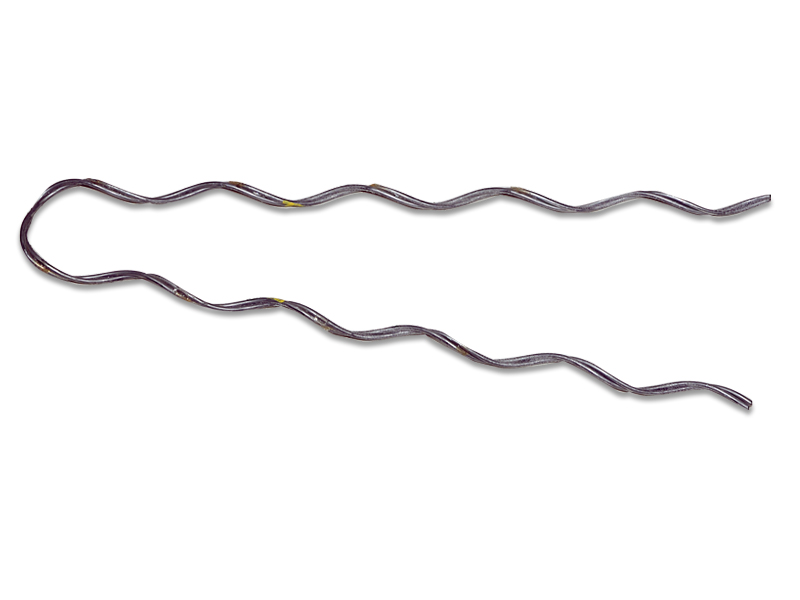
A service grip dead end is also known as a dead-end grip or a guy grip. It is a device used on power transmission lines to provide mechanical support and secure the conductor to a supporting structure. It is mostly used at the termination points of conductors. Service grip dead ends provide mechanical support, secure attachments, work at dead end applications and guy wire support. Service grip dead ends are from materials with high strength to provide adjustability and reusability. This helps ensure stability and proper functioning of power transmission lines.
Components of service grip dead ends
A service grip dead end consists of different components that provides a secure attachment. The available components also depend on the manufacturer and design of the grip dead end. The following are the main components of the service grip dead ends.
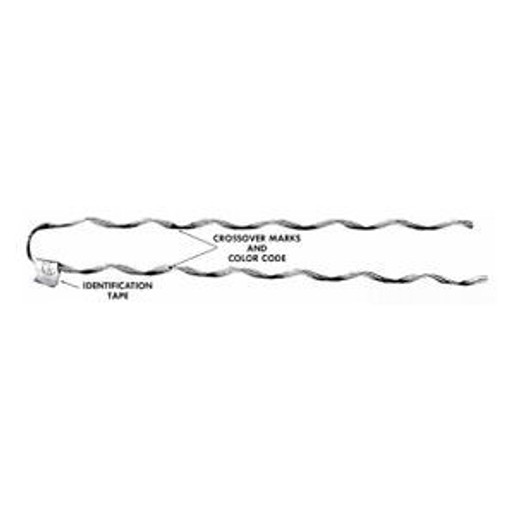
- Grip assembly – this is the main component of the service grip dead end that is responsible for griping and securing the conductor or guy wire. It also consists of a series of jaws that grip onto the conductor to provide a reliable and tight connection.
- Preformed wire – preformed wire is mostly used in the construction of the service grip dead ends. It is a shaped wire that helps distribute the load evenly along the length of the grip assembly.
- Preformed thimble – a preformed thimble is a component used to form a loop or eye termination at the end of the conductor.
- Compression sleeve – a compression sleeve help to secure the grip assembly onto the conductor and is from aluminum or steel.
- Clevis – this provides a connection point for the grip assembly to the supporting structure. They also allow the dead end to be attach to the structure.
- Fasteners – bolts, nuts, washers and screws help to assemble and secure the various components of the service grip dead end. They also ensure the grip assembly, preformed thimble, compression sleeve and other components connected.
Types of service grip dead ends
There are various types of service dead ends used on the overhead transmission lines. They help improve stability and reliability of power transmission. The common types of service grip dead ends are as discussed below.
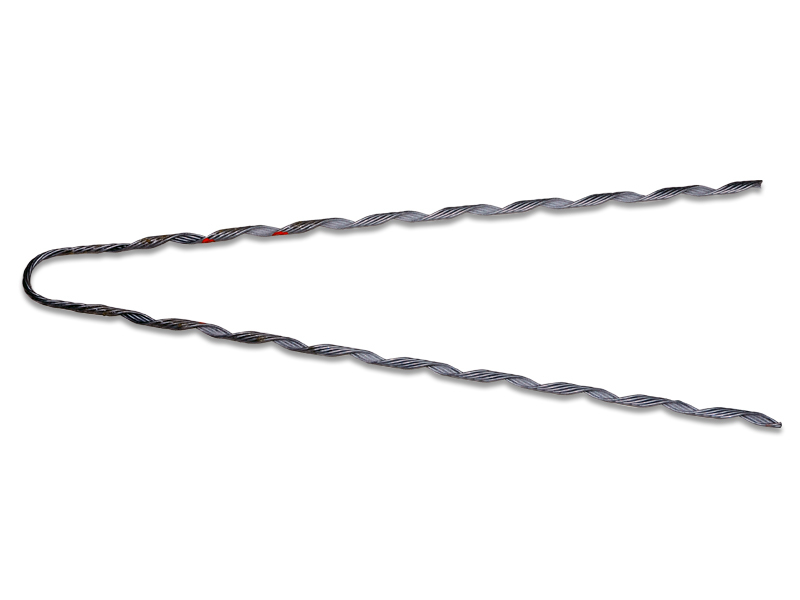
- Offset dead ends – offset dead ends work in areas with need to offset the direction of the conductor at the termination point. They allow a 90-degree bend in the conductor to redirect it in a different direction. They consist of a grip assembly and a clevis for attaching to the supporting structure.
- Helical dead ends – these are widely used for securing overhead power transmission conductors. They consists of a helically shaped grip assembly that wraps around the conductor. This provides a tight and secure connection of the service grip dead end.
- Customized dead ends – custom-designed service grip dead ends help to meet the specific installation requirements. They aid to accommodate unique conductor configurations or conductor sizes.
- Armor grip dead ends – these work with armored cables or shielded conductors. They feature a grip assembly with a unique design that securely clamps onto the armor or shielding of the cable.
- Guy grip dead ends – guy grip dead ends help to securing guy wires used in power transmission systems. They provide a secure grip on the guy wire and ensure proper tensioning and stability of the power transmission structure.
Applications of service grip dead ends
The specific use and location of the service grip dead ends depends on the design of the power transmission network, conductor types and sizes and the requirements of the particular installation. The following are the application areas of the service grip dead ends.
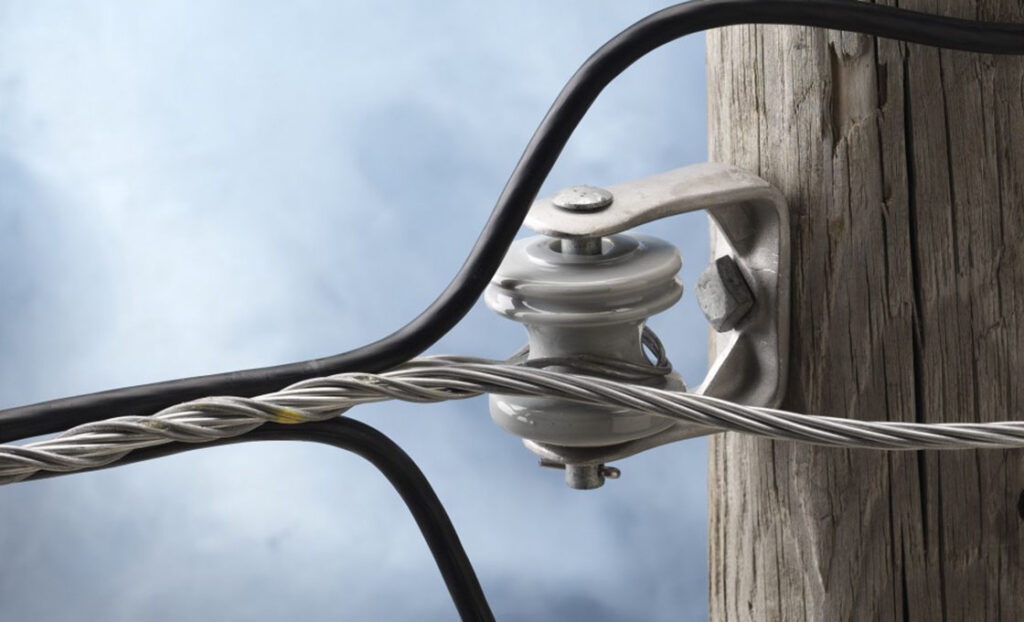
- Guy wire termination – the dead ends help in securing guy wires in power transmission systems. They help to provide extral support and stability to the structures. They also terminate and anchor the guy wires to the structure to ensure proper tensioning and stability.
- Tensioning devices – service grip dead ends work as tensioning devices to adjust the tension of conductors. This ensures optimal performance and minimizing sag.
- Overhead distribution lines – service grip dead ends work in overhead transmission lines. This is to deliver electricity from substations to residential, commercial and industrial areas. They work at termination points to ensure safe and reliable transmission of power.
- Conductor termination – they help in terminating power transmission conductors at the ends of transmission lines.
- Sagging conductor support – service grip dead ends provide extra mechanical support.
- Temporary installation – the dead ends can work in temporary power transmission installations. This is includes construction or maintenance activities. They also provide a reliable means of securing conductors or guy wires temporarily. This allows safe and efficient work on the transmission lines.
- Transmission tower construction – service grip dead ends help to secure conductors and guy wires temporarily. They provide a secure attachment point which allows for the construction process to proceed safely and efficiently.
Installation process of service grip dead ends
The installation process if the service grip dead end varies depending on the specific design and manufacturer’s instructions. It is advisable to consult with experienced professionals to ensure proper installation and adherence to safety standards. Here is a general overview of the installation process for service grip dead ends on power transmission lines.
- Prepare the conductor by ensuring it is clean and free of any debris or contaminants.
- Attach the preformed thimble onto the end of the conductor to provide a connection point for the grip assembly to secure onto.
- Position the grip assembly onto the conductor aligning it with the preformed thimble. It should install in the correct direction as per the manufacturer’s instruction.
- Start wrapping the grip assembly tightly around the conductor to ensure each helical or serrated jaw engages securely with the conductor’s surface. Continue the wrap until the recommended number of turns sets.
- Ensure that the grip assembly evenly distributes along the length of the conductor. It should provide a secure and uniform grip on the conductor.
- Secure the grip assembly using the appropriate tools.
- Inspect the grip assembly installation to ensure that it is secure and properly aligned. Verify each jaw of the grip assembly is gripping the conductor firmly and evenly.
- Attach to the supporting structure to ensure that the dead end anchors to the structure.
- Check the tension of the conductor to ensure it meets the specified requirements. Verify that the conductor aligns and position according to the design and clearance standards.
Selecting the best service grip
There are various factors to consider when selecting the service grip dead end for your application. This is because there are many types and designs of the dead ends from different manufacturers and suppliers. You should take into account the specific requirements of the power transmission system to ensure the optimal performance and long-term reliability. The factors are as discussed below.
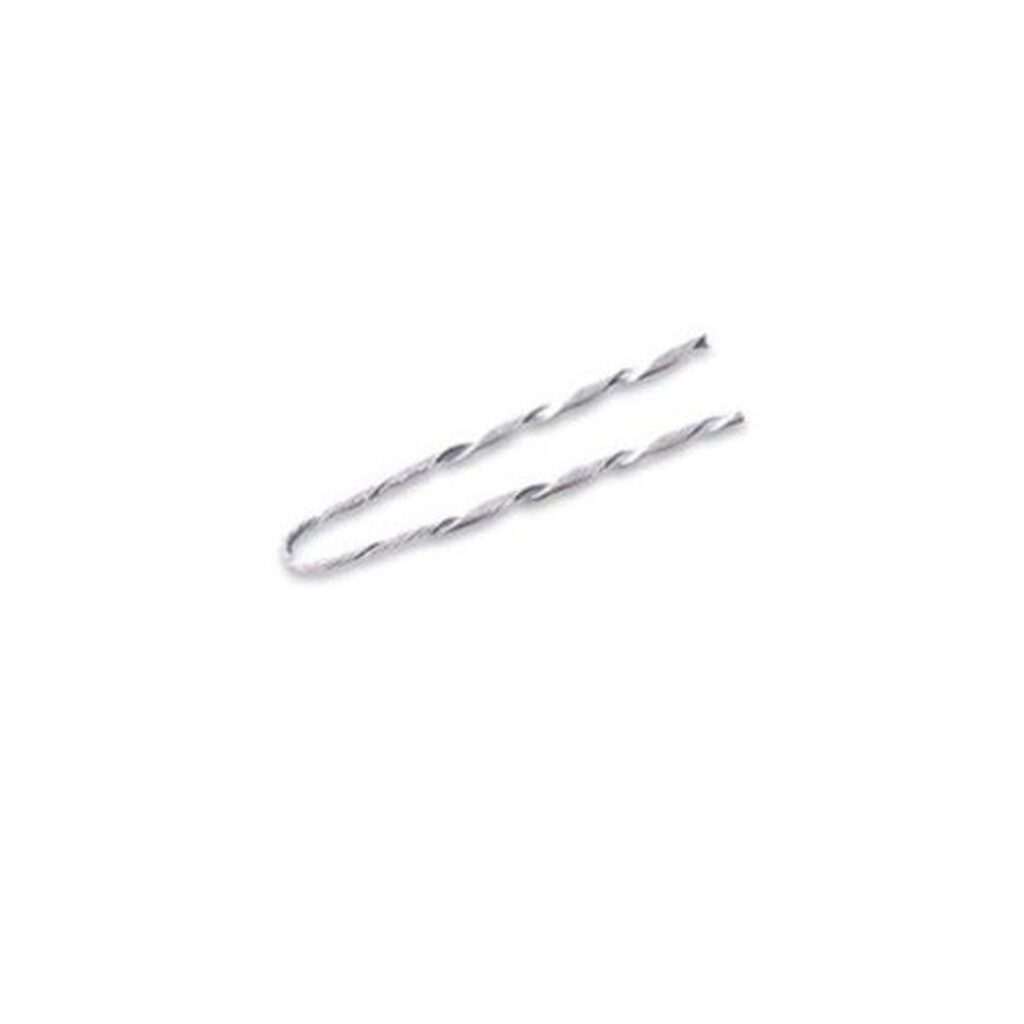
- Consider the cost and value of the service grip dead end relative to its feature, quality and expected performance. Compare prices and evaluate the overall value provided by the dead end in terms of its durability, reliability and longevity.
- Consider the type and size of the conductor that needs to terminate or support. This ensures you choose the dead end that is compatible with the conductor you are working with.
- Evaluate the design and construction of the grip assembly which should provide reliable and secure grip on the conductor or guy wire. Consider the number of jaws, materials used and any specialized features for enhanced performance or ease of installation.
- Ensure that the service grip dead end complies with applicable industry standards and regulations.
- Ensure that the dead ends are compatible with the structure’s design and attachment methods. Consider factors like available attachment points, type of hardware required and any structural considerations.
- Assess the specific requirements of the application considering factors like the expected tension and environment to install in. weather conditions and exposure to contaminants.
- Consider the reputation and track record of the manufacturers known for producing high quality and reliable products. Consider reading customer reviews, seeking recommendations or consulting with industry experts to assess the manufacturer’s reliability.
Frequently asked questions
A service grip dead end is a device used to provide mechanical support and secure the conductor to a supporting structure.
Service grip dead ends help to provide mechanical support, secure attachment, dead end applications, guy wire support, adjustability and reusability and material and construction.
Service grip dead ends offer several benefits that make them a popular optiion in the overhead transmission lines. They include secure attachment, mechanical support, versatility, ease of installation, adjustable tension, durability, cost effectiveness and reusability.
They also have various limitations to consider when selecting them. This include tensioning limitations, environmental considerations, limited reusability, mechanical stress concentration, limited application scope, installation skill and time and conductor compatibility.